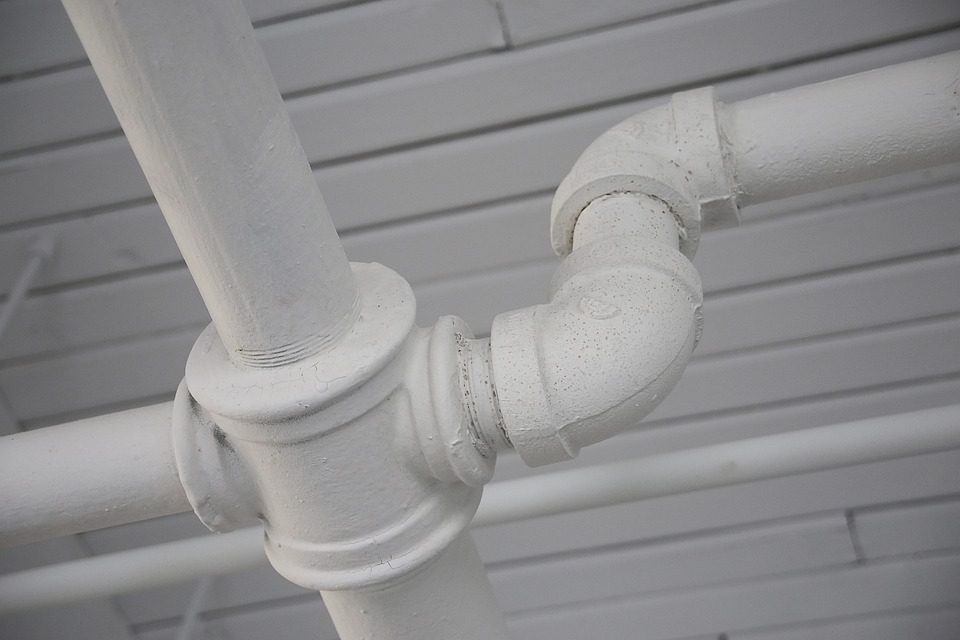[Tiny homes are becoming more popular these days due to the rising cost of housing and the desire for a minimalist lifestyle. However, with this trend comes the need for specialized plumbing installations and repairs. In this article we will discuss plumbing for tiny homes and how to install and repair plumbing systems in these homes.
Installation
When it comes to installing plumbing in a tiny home, it is important to consider every inch of available space. The plumbing system should be designed to fit into a small space with minimal disruption to the overall design of the tiny home.
Here are some tips to follow when installing plumbing in a tiny home:
1. Plan ahead: Before you start installing plumbing in your tiny home, plan out the layout to make sure all the lines run smoothly and don’t get in the way of your living space.
2. Choose quality supplies: When it comes to supplies for a tiny home, it’s important to choose high-quality materials that will ensure durability and efficiency.
3. Build a tankless water heater: A tankless water heater is a great option for tiny homes because it takes up less space and saves energy.
4. Use flexible hoses and pipes: Flexible hoses and pipes are easy to install and don’t take up much space.
5. Use PEX tubing: PEX tubing is an inexpensive, flexible alternative to copper piping that is easy to install and repair.
Repair
Despite the small size of a tiny home, plumbing can still cause problems just like any other home. Here’s how to repair plumbing in a tiny home:
1. Check for leaks: Leaks can occur in any plumbing system and should be repaired as soon as possible to prevent bigger problems down the line.
2. Check for clogs: Clogs can cause drains to back up and pose a serious problem in a tiny home. Use a plumber’s snake, plunger or baking soda and vinegar to unclog drains.
3. Replace faulty fixtures: If plumbing fixtures such as faucets, showerheads, and toilets are not functioning properly, they should be replaced to ensure the entire system continues to work efficiently.
4. Inspect the water heater: Keep an eye on the water heater and make sure it’s functioning correctly. If it’s not, replace it as needed.
5. Get professional help: When in doubt, call a professional plumber to handle any complex issues or if you’re unsure of what to do.
Final Thoughts
Plumbing in a tiny home requires careful planning, quality materials and specialized knowledge. But with the right tools and some basic knowledge, you can install and repair plumbing systems in a tiny home with ease. Remember to always pay attention to leaks, clogs, and the overall condition of your plumbing system. By taking care of your system and keeping up with regular maintenance, your tiny home will remain comfortable for years to come.
